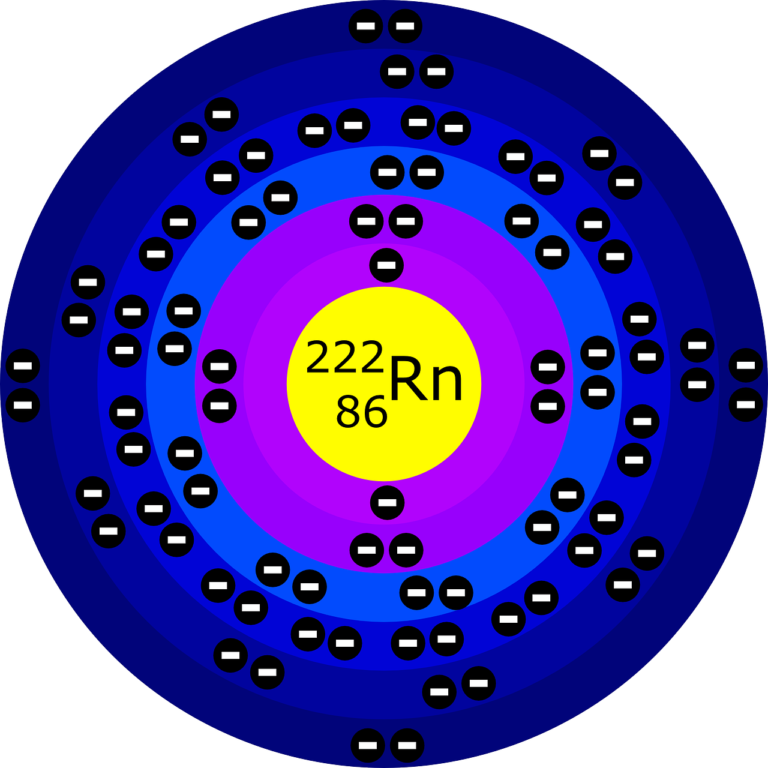What's Radon?
Radon is a naturally-occurring radioactive gas that enters homes through cracks or openings in the foundation, and has the potential to accumulate in dangerous levels, which can cause lung cancer. It is classified by the EPA as a Class A Carcinogen, and is estimated to be responsible for over 21,000 deaths in the U.S. annually. It is the leading cause of lung cancer in non-smokers, and the 2nd leading cause in smokers.
Frequently Asked Questions
Radon is a naturally-occurring radioactive gas that enters homes through cracks or openings in the foundation, and has the potential to accumulate in dangerous levels, which can cause lung cancer. It is classified by the EPA as a Class A Carcinogen, and is estimated to be responsible for over 21,000 deaths in the U.S. annually. It is the leading cause of lung cancer in non-smokers, and the 2nd leading cause in smokers.
Radon is measured in picocuries per liter of air (pCi/L). The EPA has set an action level of 4.0 pCi/L, stating that homes testing at or above this level should be fixed/mitigated. Nationwide, 7% of buildings tested were found to be at or above this action level and in Kentucky, 42% were found to contain “dangerous levels” (many counties in Central KY are closer to 65%).
The EPA estimates that 1.0 pCi/L of Radon in the parts of your home where you spend the most time is the lung damaging equivalent of smoking 2 cigarettes per day. So for example, if your living room contains 4.0 pCi/L, your lungs are experiencing the same effects as if you smoked 8 cigarettes per day. If that number were 15.0 pCi/L (which is not uncommon), the impact on your lungs is the same as if you smoked 30 cigarettes every day.
The only way to find out how much Radon you’re being exposed to is to test the lowest lived in area of your home. Two neighbors living side-by-side may very well have vastly different levels of Radon in their homes, so knowing your neighbor’s level does not help you to know what your own exposure might be.
DIY test kits can be obtained from Amazon.com and many big box stores and may also be available through your county health department. These types of tests are recommended when time is not a factor.
However, in a real estate transaction, time is ALWAYS a factor. By calling in a trained, professional tester, Radon level results can be obtained within 48 hours.
When a house test’s at 4.0 pCi/L or greater, mitigation is recommended. This involves the installation of a radon reduction system, which ventilates the gas from below the house before it has an opportunity to enter the living space.
Want to Learn More About Radon in Kentucky?
Information provided by the University of Kentucky.
Information provided by the Kentucky Association of Radon Professionals.

When using Holland Home Inspections to perform your General Home Inspection, a Radon Test can be added for an additional $150. If all you need is a radon test, call for pricing.

